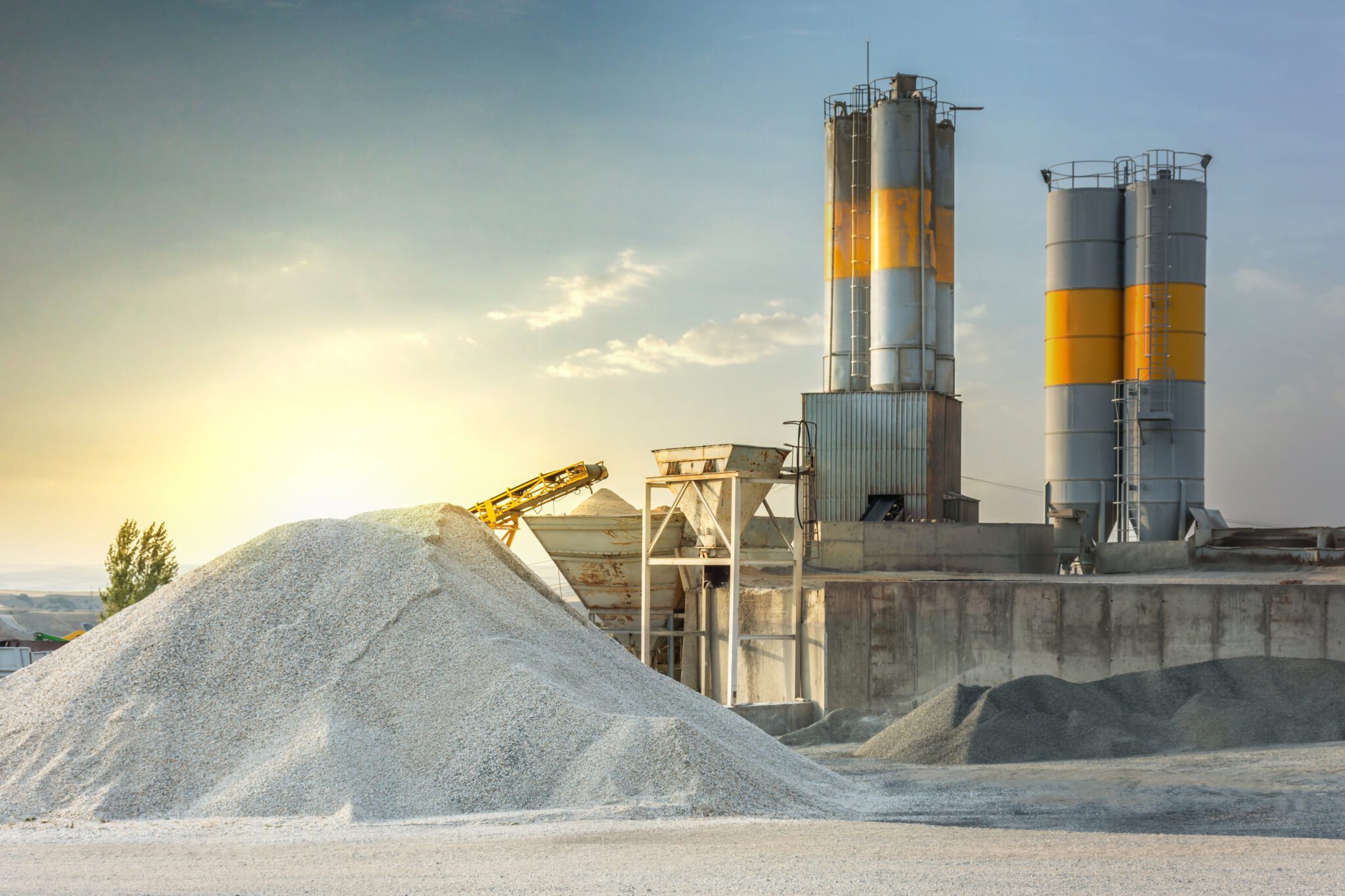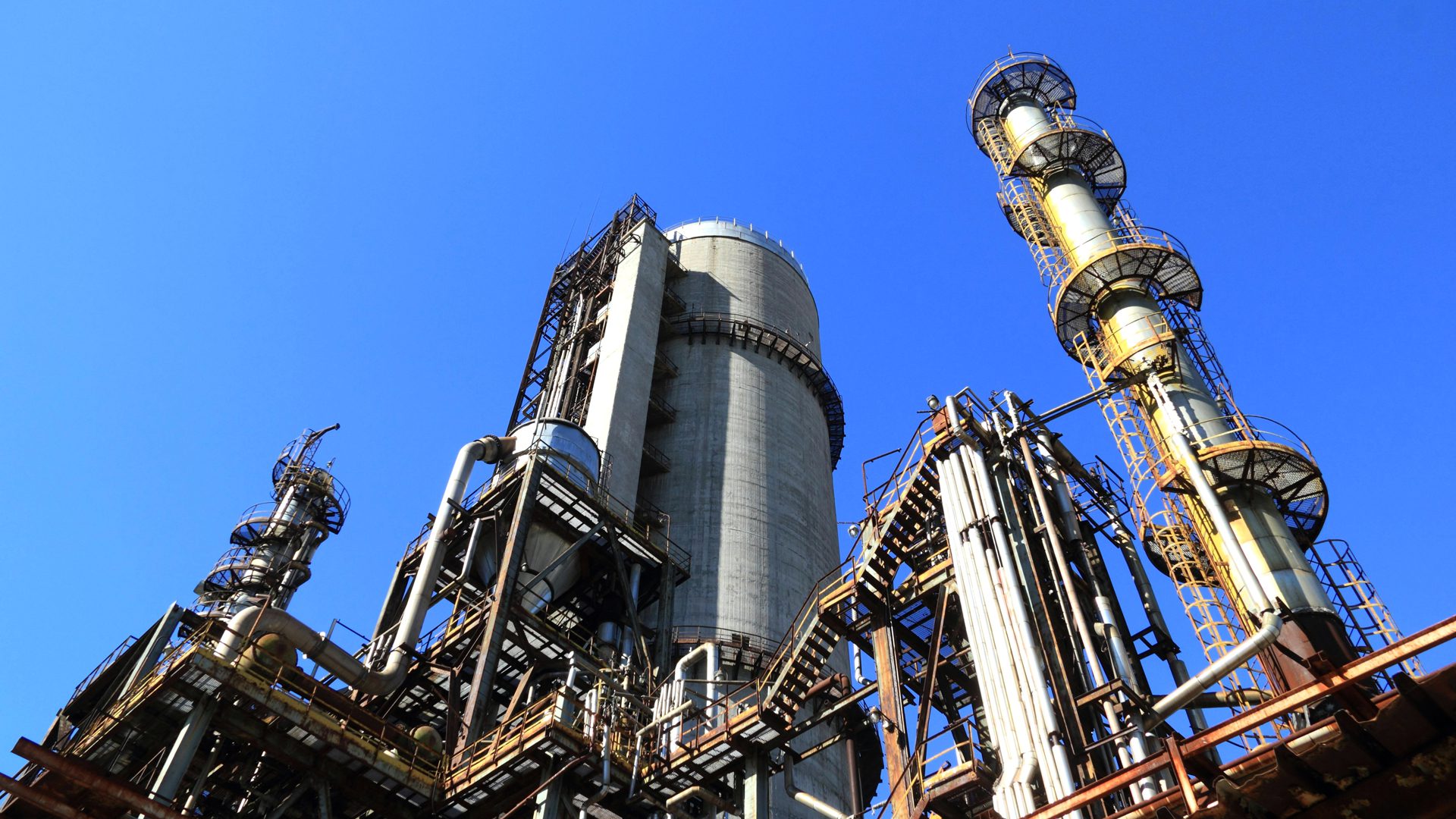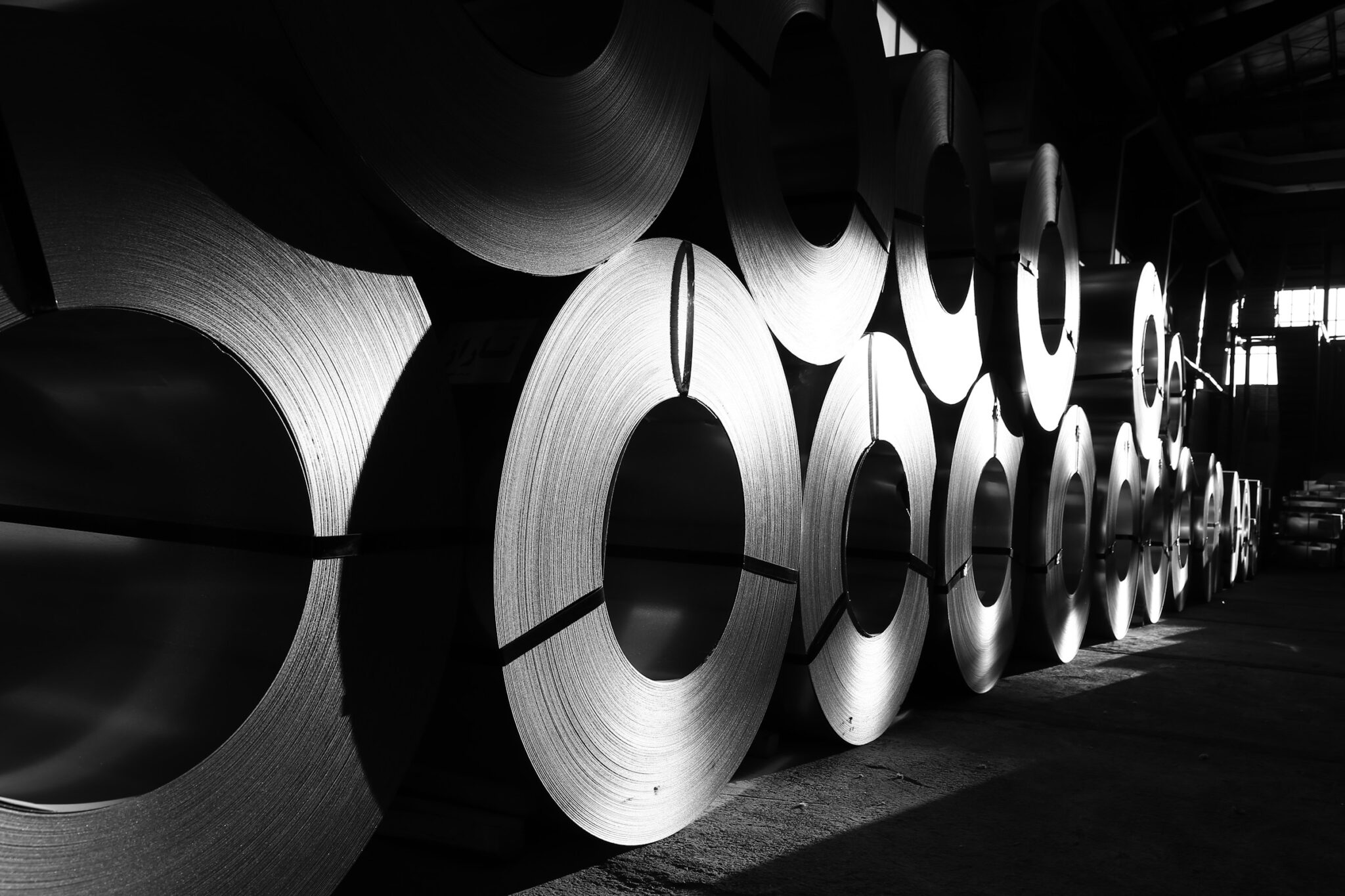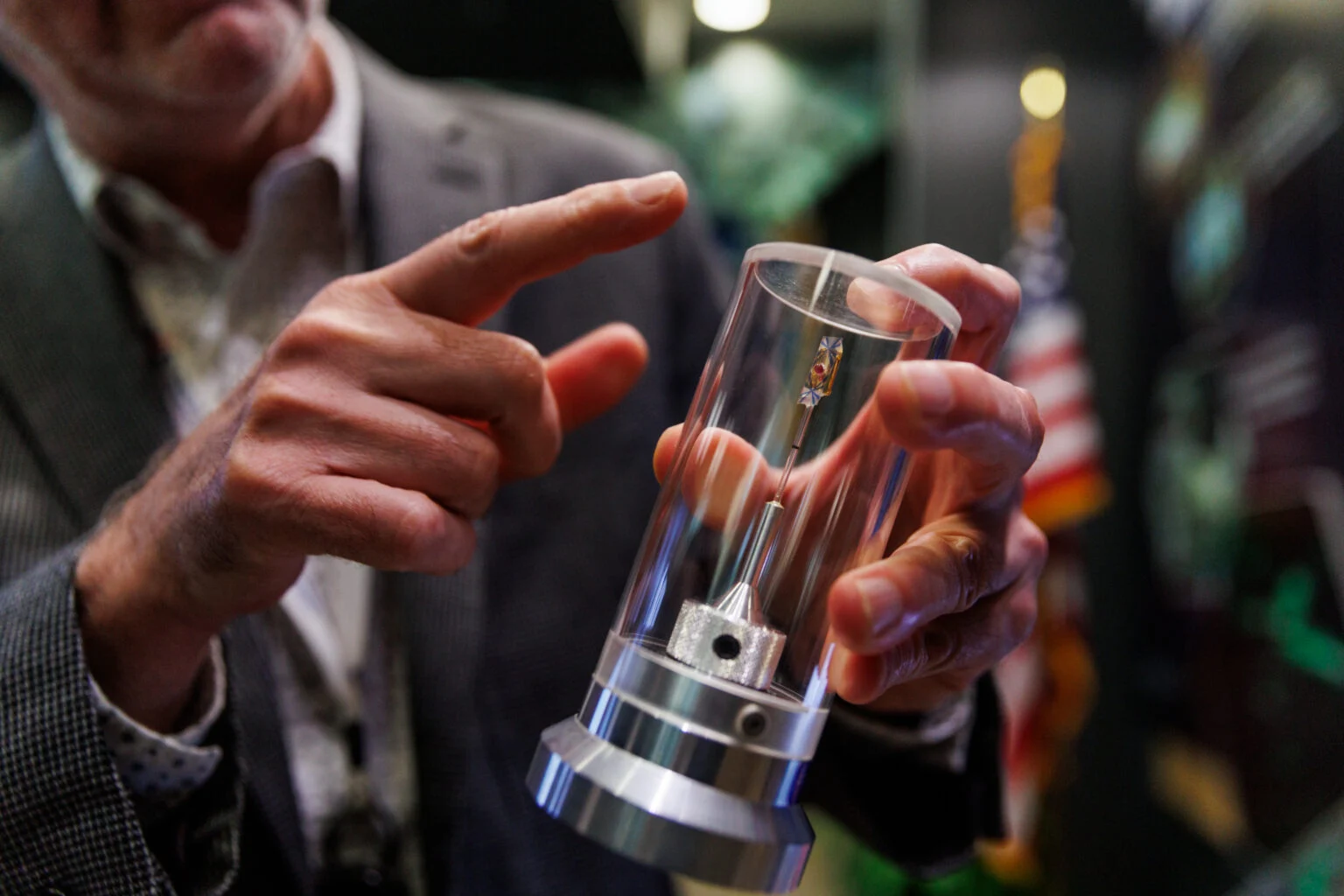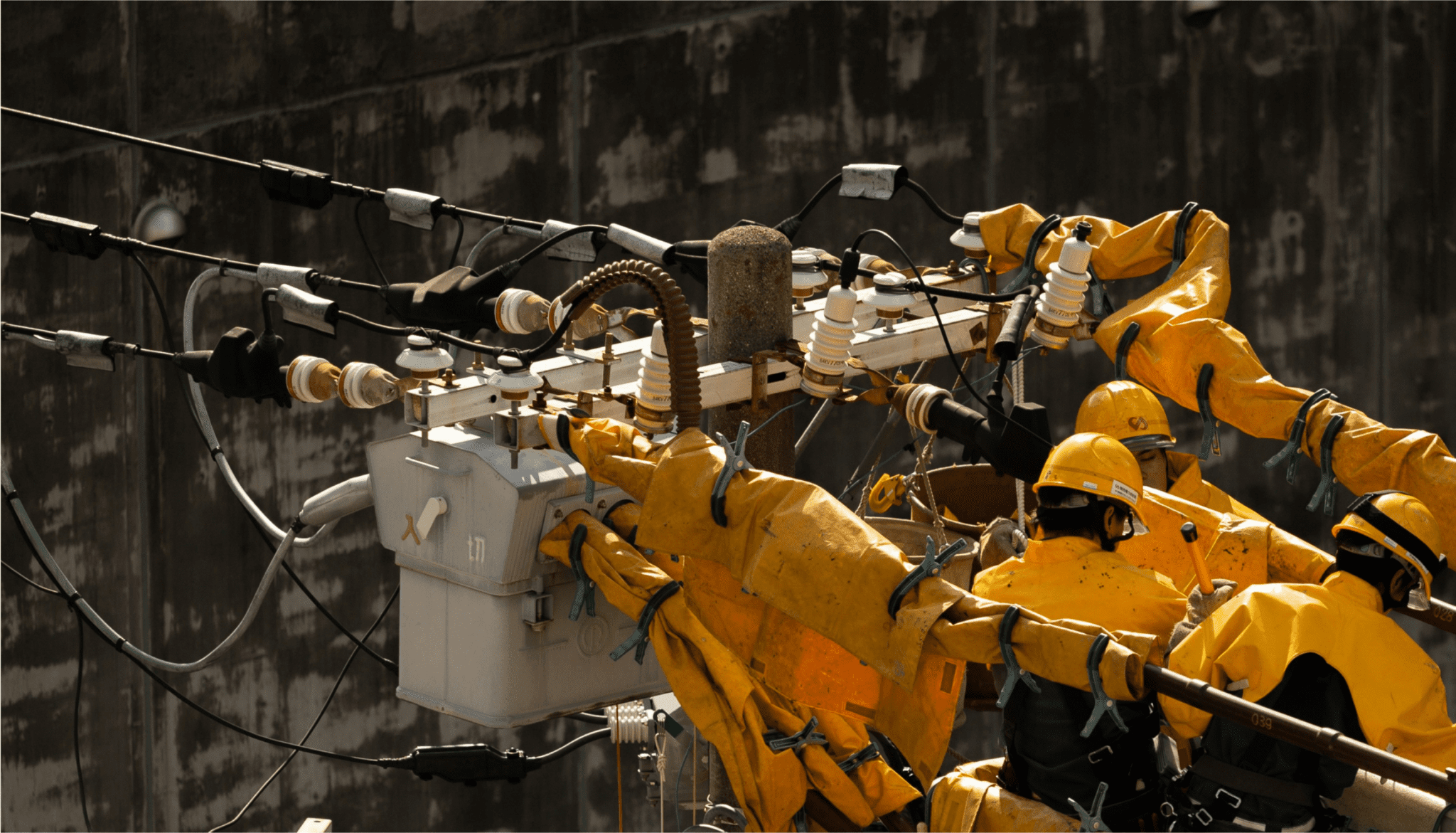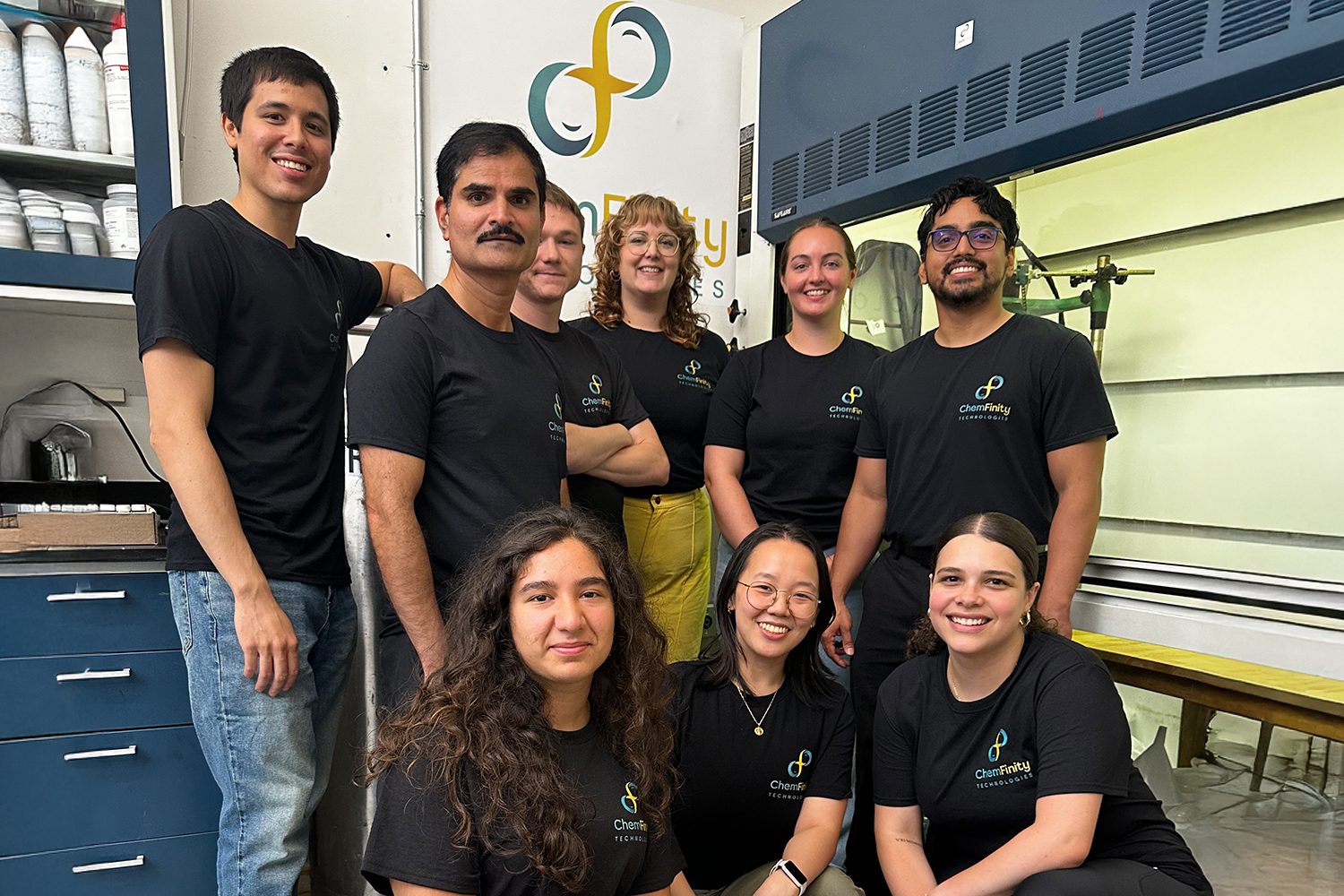This post is the third in a series about the challenges and opportunities facing the manufacturing sector. Manufacturing is one of the five main sectors contributing to today’s global greenhouse gas emissions—what Breakthrough Energy calls the Five Grand Challenges. The other stories in the series can be read below:
- Decarbonizing Manufacturing: Breakthrough Energy’s Approach to Achieving Net-Zero Emissions
- A Framework to Decarbonize U.S. Industry
In 2020, we hit a new milestone as a species: there is more man-made material on planet Earth than biomass. Most of this is concrete – pourable stone from which we build our infrastructure, offices, and homes. This miracle material's key ingredient is cement, the glue that binds together gravel and sand. Concrete’s low cost, global availability, ease of use, strength, and durability make it the default material for construction. But there’s a huge catch - the >4B tons of annual cement production accounts for about 8% of global CO2 emissions every year.
Where do cement emissions come from?
Cement production is responsible for 95% of concrete CO2 emissions. The cement production process looks like this:
- Raw materials, predominantly limestone, are extracted and ground. They are then heated to temperatures above 1,400°C in a kiln to produce clinker, the main ingredient in cement. This process is called calcination.
- Clinker is mixed with additives and supplementary cementitious materials (SCMs) to make cement.
About 2/3 of cement’s emissions are process emissions from the chemistry (calcination of limestone releases CO2 as a byproduct) while the remaining 1/3 comes from energy consumption to reach the super high temperatures needed to make cement. Therefore, even with a full transition to clean energy and the phasing out of fossil fuels, cement production will continue to be a significant source of CO2 without further innovation.
Why cement is a hard-to-abate sector
Cement is foundational to modern society, and demand is expected to rise with continued global industrialization. It is one of the most challenging to decarbonize industries because:
- Cement is cheap (<$125/ton) and, on a per-dollar basis, generates more emissions than any other product we manufacture at scale.
- The unique properties of cement are hard to cost-effectively replicate with alternatives.
- Most of cement’s emissions are created because of chemical reactions needed to make cement from conventional feedstocks.
- We have centuries of construction experience with Ordinary Portland Cement (OPC), which is the most widely used type of cement. Strict building codes often mandate the use of OPC and specify concrete composition or performance standards, which heavily favor traditional practices.
Pathways to address GHG emissions in the cement industry
Despite these challenges, there are several potential solutions to address GHG emissions in the cement industry. Many of these solutions complement each other. The lowest-cost decarbonization path will be region-specific, depending on the local mix of energy, feedstock, policy, and existing infrastructure assets. Pathways include:
Alternative materials
Concrete made with Ordinary Portland Cement is not the only building material that we can use. Other options include timber, clay and brick, or alternative, non-OPC cement chemistries (e.g. geopolymers.) The main barriers to adopting alternative materials are regulation and market acceptance. New materials also have a high bar of performance and reliability to overcome. Not all alternative materials can match the performance of, or be used in the full breadth of applications as, OPC. Alternative materials need to have an incredibly low emissions intensity because, on a per-mass basis, concrete is actually one of the lowest-emissions building materials in use today—we just use so much of it!
Cement use extension
Because the cement production process is responsible for the majority of concrete emissions, reducing the amount of clinker in cement and the amount of cement in concrete can reduce the emissions intensity of the final product.
Three Breakthrough Energy Ventures portfolio companies are working on cement use extension. CarbonCure's technologies inject and permanently store captured CO2 in concrete, maintaining the concrete's strength while reducing the amount of clinker required to achieve the same performance. TerraCO2's technology enables a reliable supply of engineered SCMs that can partially displace clinker in conventional mix designs - or even fully displace it in unconventional designs.
Ecocem recently received a European Technical Assessment for their groundbreaking ACT technology—low carbon cement technology that combines SCMs with limestone filler and novel admixtures. The technology is undergoing rigorous trials, already demonstrating a 70% reduction in CO2 compared with the average European cement blend. Ecocem plans to supply the first ACT cement to customers in its European markets in 2024, with full commercialization by 2026.
Decarbonized energy for cement production
Approximately 1/3 of cement emissions come from the energy used in production. Energy decarbonization can occur by reducing cement production’s energy intensity, fuel switching to lower emissions-intensity fuels, or electrification with clean electricity. Breakthroughs in the cost of clean energy, technology innovation, and regulatory support are likely necessary for significant reductions in the energy emissions of cement production.
Carbon Capture and Sequestration (CCS)
Carbon capture and sequestration (CCS) is the default decarbonization solution presumed by the industry, absent innovation. Cement production presents a relatively concentrated stream of CO2 that can be targeted for point source capture. This requires significant additional capex, opex, and energy. The estimate of the green premium for cement with CCS is 75-140%. Innovation in cement plant design, carbon capture technology, and the further cost-down of clean electricity can help reduce the green premium.
New feedstocks for OPC
The majority of cement emissions (2/3) are associated with process emissions from using limestone (CaCO3) as the feedstock for the principal ingredient of cement - CaO. Limestone is not the only source of calcium from which OPC can be produced.
Brimstone has developed a process to make the same ASTM C-150 OPC using silicates instead of limestone. The calcium in silicates (the most abundant source of calcium in the crust) does not contain CO2; thus, Brimstone can make the same OPC without process emissions. Because a portion of the calcium in cement carbonates over the lifetime of the poured concrete, sequestering CO2 in the process, using non-carbonate feedstocks, when combined with decarbonized energy, could result in carbon-negative cement production.
There is hope for decarbonizing cement.
The complementary solutions outlined above offer viable alternatives to the traditional cement production process and product. With regulatory, industry, and financial support for innovation, we can accelerate the pace of this transition and bring cement manufacturing to net-zero or even net-negative emissions.

